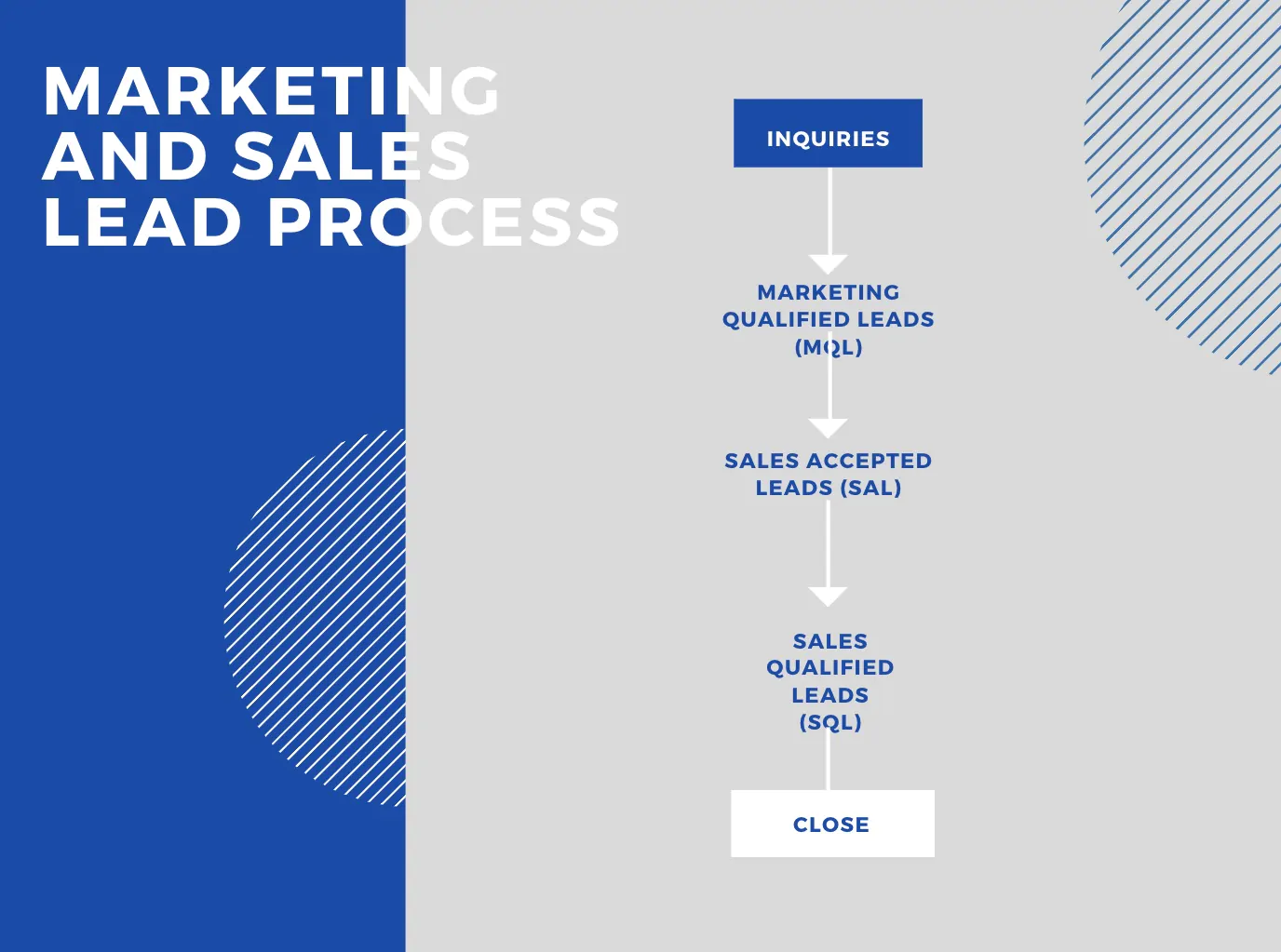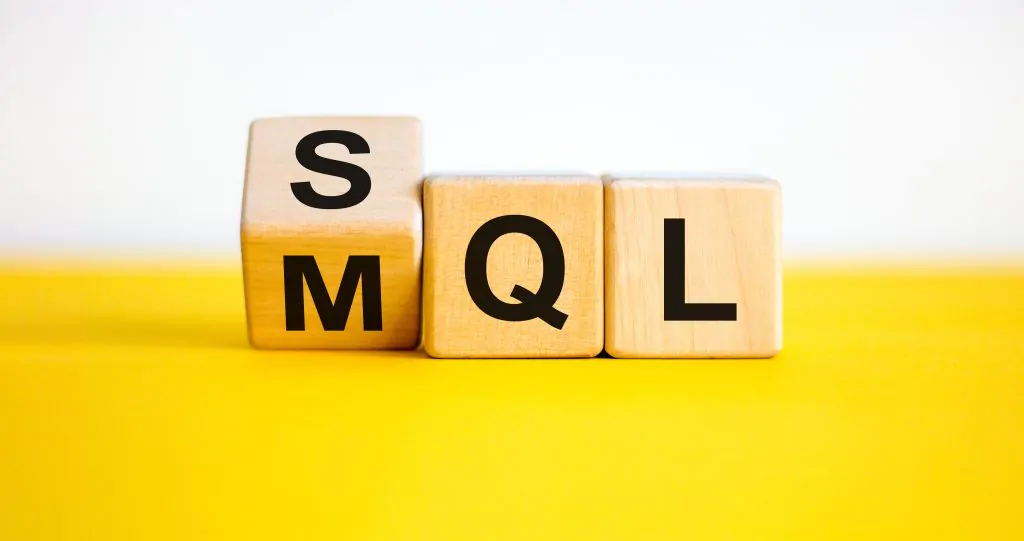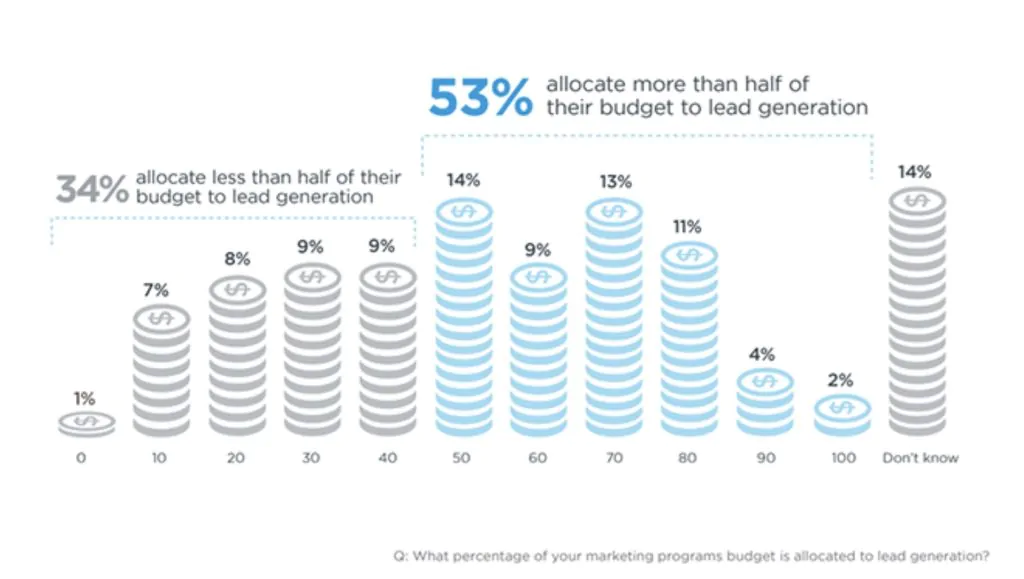The sales accepted leads (SAL) stage is often forgotten in lead qualification because most businesses focus on marketing qualified leads (MQL) and sales qualified leads (SQL). However, the SAL step is when prospects transition from marketing to sales and is instrumental for a seamless transfer.
Unfortunately, only 56% of businesses verify business leads before passing them on to sales. Therefore, many weak leads or prospects with errors in data move to sales which wastes valuable time.
However, using the tips and advice you will learn today, you can turn your conversion rate around.
Key Takeaways:
- Sales accepted leads is the transitional stage between marketing qualified leads and sales qualified leads.
- Taking a few minutes to qualify leads during the SAL stage will save you time later in the sales process.
- Unifying your marketing and sales team is key to a successful sales process.
What are Sales Accepted Leads?
As leads move through the marketing funnel, they go through three stages.
- Marketing Qualified Leads (MQL) are leads that the marketing team identifies based on pre-established criteria such as engagement, demographics, and customer data.
- Sales Accepted Leads (SAL) are the leads which the sales team accepts from the marketing team and agrees to nurture.
- Sales Qualified Leads (SQL) are the leads that the sales team determined are most likely to convert based on more in-depth criteria and data.

Source: Ampliz
Once a lead reaches the SAL stage, the sales process begins. Your sales team uses qualification criteria to route leads back to marketing or move them forward for more in-depth qualification and nurturing.
4 Steps to Generate More Sales Accepted Leads
Marketing and sales don’t always work well together and often find themselves contradicting each other. These disconnects result in lost leads and sales. However, you can increase the number of sales accepted leads through these four steps of sales-marketing alignment.
1. Define What a Sales Accepted Lead is Within Your Business
Every business has a different lead routing process, which means the definition of a sales accepted lead will also differ. Therefore, before generating more SALs, you must start by defining just what they are. Begin by mapping the lead funnel, then identify where marketing hands the leads to sales. This point is your SAL stage.
About 46% of marketers with a well-planned lead management strategy saw their sales team follow up on more than 75% of the leads. Your strategy starts with defining what takes place during that SAL stage.
2. Understand the Marketing Qualification Process
Marketing has pre-set criteria that leads must meet to move forward in the sales process. Understanding that process is instrumental in identifying where quality leads are lost and where weak or incorrect leads slip through. Your teams can take this data and use it to fix those issues, so there is a seamless flow from marketing to sales with fewer interruptions and mistakes.
3. Establish a Follow-Up Process
Once marketing hands a lead to sales, the SAL stage begins. A well-organized strategy includes a defined follow-up process for the SAL stage with actionable steps.
For example, designate a timeframe that the SAL stage should last. Ideally, the stage should only take a few minutes per lead. Otherwise, you risk losing the lead. During this time, the sales team should briefly browse each lead’s data to look for errors and ensure the lead meets their criteria.
Some common reasons sales teams disqualify leads in the SAL stage include:
- Data errors
- They don’t match the ideal customer profile due to budget, interest, or demographics
- Mistakenly routed
4. Evaluate the Sales and Marketing Processes
If issues occur, the sales and marketing teams should record those problems to avoid them reoccurring. For example, if leads take too long to move from marketing to sales, the teams can find ways to streamline the process at each stage to save on time and decrease the rate of stagnant leads.
How to Use Sales Accepted Leads to Increase Conversions
Here are four ways to increase conversions through the SAL stage.
Track Your Leads Through a Centralized System
To ensure no leads are lost along the way, keep track of all your leads through a centralized system. The system should alert sales immediately when a prospect moves from marketing to sales. A centralized system also reduces errors because the program syncs the information versus being spread across multiple systems.
Over 50% of most business budgets go towards lead generation. So when those leads are lost because of miscommunication or incorrect data, your business ends up losing thousands of dollars.
Source: Startup Bonsai
Ensure Timely Follow-Up
Timing is vital for conversion as prospects don’t wait very long for a follow-up before researching other options. Statistics show that marketers and sales reps who follow up within five minutes of gaining a web lead are nine times more likely to convert them.
One way to ensure timely follow-up is by guaranteeing that the SAL stage only lasts a few minutes so the sales team can promptly follow up with those leads. However, some businesses try to cut out the SAL stage altogether because they feel it wastes valuable time.
While this stage delays follow-up, it ultimately saves your sales team hours. The sales team can filter out leads that would otherwise have wasted time in the SQL stage.
Decrease Lost or Stagnant Leads
The SAL stage also decreases the number of lost and stagnant leads by ensuring the most relevant leads are passed on to the right teams for nurturing. In addition, the sales team finds missing or incorrect information during this stage and sends those leads back to marketing. Therefore, marketing has a chance to remedy the mistakes and send them to sales for nurturing, ensuring no lead is left behind.
Unify Your Marketing and Sales Teams
Your sales acceptance rate should be 90% if you have a well-organized qualification process. Your marketing and sales team need to be on the same page throughout the lead qualification process to achieve this rate. For example, they should use similar criteria to qualify leads so higher-quality prospects move down the funnel.
Suppose the sales team finds that many leads can’t afford the products or services. In that case, they may ask the marketing team to change their strategies and criteria to engage consumers and businesses with a higher budget.
Automate Your Lead Qualification Process for More Conversions
You can streamline your lead qualification process by using automation to seamlessly move leads from marketing to sales without losing prospects.
Book a demo with MXTR automation to see how our lead routing automation can increase your conversion rate.
Feature Image: istockphoto






